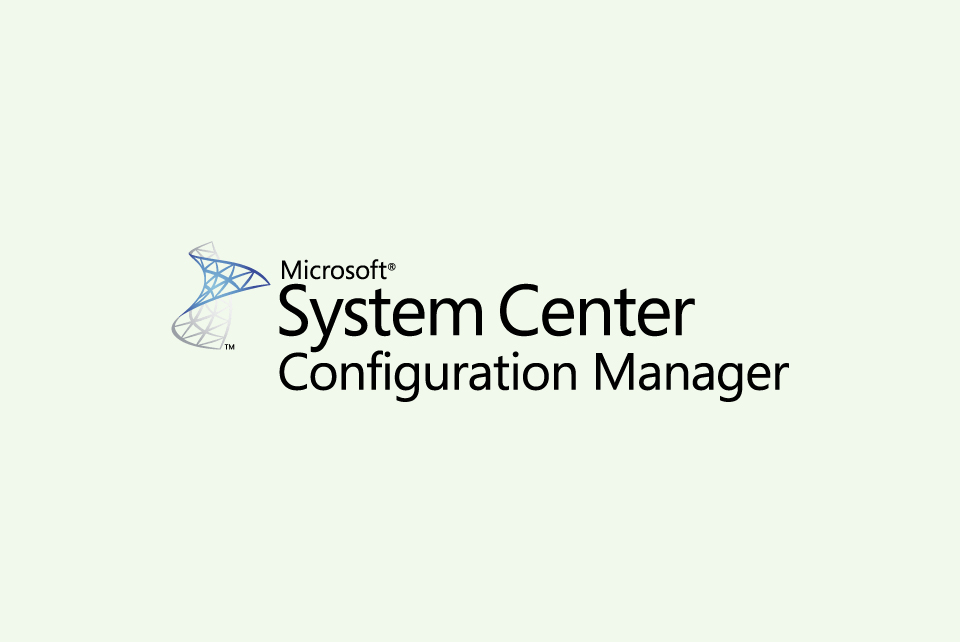In my current workplace, we still use Microsoft’s System Center Configuration Manager to deploy our user’s workstations. In 2022, it raises the question, is it still the most optimal solution? It’s a good question and the answer will likely depend on the environment. Since the events of COVID-19, our workforce has primarily moved to a remote or hybrid approach. Some users are even in different states from our main offices. As we have moved to this new way of working, the current approach of deploying systems with SCCM seems a little outdated.
What’s great about SCCM is that it makes deploying workstations in a constant manner shall we say, easy. Well, that’s when it works that is. In our environment, we boot into Windows PE and select the task sequence we want to run through. Easy enough right? Depending on the task sequence we choose, our systems can have our image on them in about an hour. So, what do we get? We get a system that has a licensed copy of Windows, it’s been added to our domain and had some base programs installed. This is great but we start to run into some problems with this. For one, what do we do when SCCM decides it doesn’t want to work? This is actually a scenario we have run into multiple times coming down to network issues as well as servers being locked up. We also run into a problem where the operating system versions can easily become out of date if it’s not maintained on the server. This creates a lot of fun, and we spend a fair amount of time installing updates on each system.
We don’t really do anything special with our deployments and likely, we don’t even use SCCM to its full potential. But beyond imaging workstations, there is a lot of work that goes into just getting to that point. We have a number of older devices that are in the process of being decommissioned. As with most companies, we have procedures in place that we have to follow when decommissioning computer assets. As a general rule, when disposing of any computer, any personal data should be securely wiped from the device. This can be done in many forms with some companies opting to shred the drives and others using software options to write over the drive and securely erase data that way. One of the things I really do like about SCCM is that there is an easy way to securely erase disks. This hasn’t come without its own troubles.
About a month ago, as part of cleaning up some old devices, the drives had been removed from our SCCM server. In our environment, drives are needed so that you can boot into Windows PE and communicate with the SCCM server. As the drives had been removed, I was tasked with getting these missing drivers installed. I learned a few things along the way. First, as far as I can tell, SCCM needs drivers that are in a special file format. These seem to come in the form of driver packages from system integrators. Once you find the driver pack, it then has to be imported into your SCCM server and configured. And there lies another problem with SCCM, there are a fair few options to configure within the tool.
So, is SCCM still the way to deploy workstations? Well, it depends. I think if your environment is still one where users are going to be onsite and not working in a remote or hybrid way, then it still makes sense if you’ve invested time and money into deploying it. But as with most things in technology, it’s not a be-all, end-all solution. There are still many downfalls I see with it from needing the infrastructure to run it to complex configurations and needing a lot to fall into place for it to work. On the other hand, when it’s configured correctly, it’s a very easy way to deploy consistent workstations to your users. This then opens the question, if you’re not using SCCM to deploy your workstations, what should you use? There are many answers to this and in the end, it will depend on what works best for your environment.

